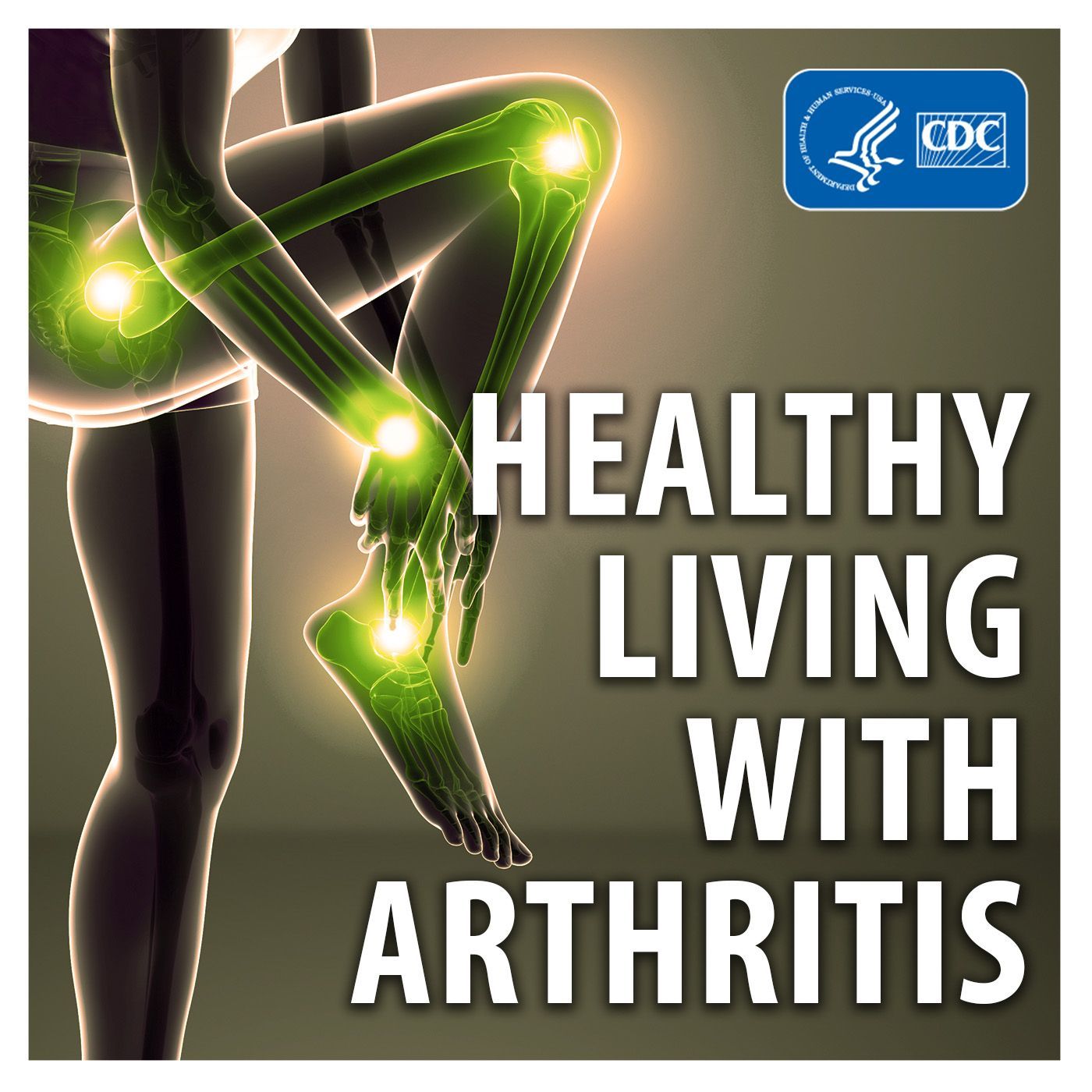Chronic Pain Self-Management Program
Show your heart some love! Celebrated annually in February, American Heart Health month provides the perfect opportunity to look at how you can protect your heart through a healthy lifestyle.
This is especially important as you age. Why? According to the National Institute on Aging, seniors face a greater risk of suffering a heart attack, having a stroke, or developing heart disease and heart failure. As a major cause of disability, heart disease can also restrict the activity and diminish the quality of life for people living with this condition.
While heart disease poses a greater health risk for seniors, it doesn’t make it inevitable as you age. In fact, a recent study found that, no matter what your age, it’s never too late to improve your health. The research, published in the Journal of the American College of Cardiology, links a healthy lifestyle to decreased cardiovascular risk in seniors.
That’s great news because there are plenty of things you can do to prevent heart disease. But before jumping into some solid, heart-healthy habits, get a quick refresher on what a heart attack or stroke looks like.
Be Symptom Savvy
First, it helps to know how to spot the signs of heart disease. In the early stages, heart disease symptoms are either nonexistent or barely noticeable. This makes annual exams a must, allowing your doctor to ask questions and run tests, as needed.
But when heart disease progresses to the point of a heart attack or stroke, knowing the signs could help save your life. According to the American Heart Association, call 911 if any of these signs are present:
Heart attack symptoms:
- Chest discomfort or pain (usually in the center, lasting more than a few minutes)
- Upper body discomfort (arms, back, neck, jaw, or stomach)
- Shortness of breath (with or without chest discomfort)
- Other signs (such as a cold sweat, nausea, or light headedness)
Stroke symptoms (remember F.A.S.T.):
- Face drooping or numb on one side
- Arm weakness or numb
- Speech difficulty
- Time to call 911 if person shows any of these symptoms
Heart-Healthy Habits
Now that you’re savvy about symptoms, you can take preventive steps to reduce the chance of a heart attack or stroke occurring. Follow these healthy lifestyle guidelines from the American Heart Association.
- Get active. Aim for a minimum of 150 minutes per week of moderate aerobic exercise or 75 minutes per week of strenuous aerobic exercise. One of the simplest ways to do this? Walk more. Other aerobic activities include gardening, swimming, and tennis. If you can work in activity to increase flexibility, improve balance, and strengthen muscles twice a week, even better. Stuck for ideas? Try yardwork (think raking leaves or pushing a lawnmower), bike riding, or yoga. Tip: Schedule exercise on your calendar, making it easier to stick to a routine. Strive for 30 minutes of exercise five days a week, or 20-25 minutes of activity every day.
- Eat better. Focus on eating mostly a plant-based diet, with whole fruits and veggies making up the bulk of the food you eat every day. When eating grains, choose a variety of whole grains such as barley, brown rice, bulgur, millet, oatmeal, and whole wheat. For dairy (i.e., cheese, milk, yogurt), opt for low-fat and fat-free. Consume heart-healthy proteins such as fish, skinless poultry, lean meat, eggs, nuts, seeds, beans, and legumes. When adding fats, choose polyunsaturated oils (such as sunflower and safflower oils) and monounsaturated oils (such as olive, peanut, and canola oils). Avoid saturated and trans fats such as those found in whole milk, butter, tropical oils, and processed foods such as cookies, cakes, and crackers. Tip: Limit salty foods, sugary drinks, sweets, and highly processed foods; drink plenty of water; and watch portion sizes.
- Lose weight. Extra pounds can lead to a variety of health issues. Learning to move more and eat healthier helps you shed pounds and maintain a healthy weight. Keeping a food journal can help you see what you’re eating and how much. Tracking your exercise gives you a glimpse into the frequency and level of activity. Tip: Use tools to help you track your activity, such as a Fitbit, a fitness app on your cell phone (many are free!) or simply marking exercise on a calendar.
- Control cholesterol. A fat-like substance, cholesterol comes from two sources—food from animal sources and your body. The “good” cholesterol is HDL (high-density lipoprotein) and the “bad” cholesterol is LDL (low-density lipoprotein). The HDL is good because it helps reduce plaque buildup in arteries, partially caused by LDL sticking to artery walls. Plaque buildup blocks blood flow, which can lead to heart disease. Ask your doctor about getting a blood test to measure your cholesterol level. Tip: Healthy lifestyle choices to control cholesterol include eating healthier, exercising, choosing healthy fats, and quitting smoking.
- Manage blood pressure. Know your numbers and what they mean. Blood pressure records two values: systolic (the pressure in the arteries when the heart beats) and diastolic (the pressure in the arteries when the heart is resting between heart beats). It’s written similar to a fraction with the systolic number on top and the diastolic on the bottom. Normal blood pressure is 120 (or less) over 80 (or less) and elevated blood pressure is 120-129 over 80 (or less). High blood pressure (also known as hypertension) starts at 130 over 80 (or higher). Tip: Healthy lifestyle choices to manage blood pressure include eating healthier, exercising, maintaining a healthy weight, quitting smoking, and reducing the amount of sodium you eat.
- Reduce blood sugar. Your body turns much of the food you eat into glucose (or blood sugar) to use for energy, so it’s important to make smart food choices. But if your blood sugar level is too high, it can damage your heart (and other parts of your body) and cause diabetes. Tip: Healthy lifestyle choices to reduce blood sugar include eating healthier, exercising, maintaining a healthy weight, and quitting smoking.
- Stop smoking. If you smoke, you increase your chances of developing heart disease (and lung cancer). Quitting smoking should top your list of heart-healthy choices. The longer you smoke, the more damage you do to your body. The good news? Your body begins to heal itself as soon as you stop smoking. In just one year of quitting, you’ve cut your risk of heart disease by 50 percent! Tip: Make a plan to quit, whether that means going cold-turkey, cutting back gradually, using a nicotine replacement, or seeking help from a health provider. Visit Smokefree60+ for resources designed specifically for seniors. You’re never too old to quit!
Use American Heart Health Month as the perfect opportunity to start showing your heart more love. Take steps today toward a healthier lifestyle with these seven heart-healthy habits.
The post 7 Heart-Healthy Habit for Seniors appeared first on Kare Masters Home Health.





